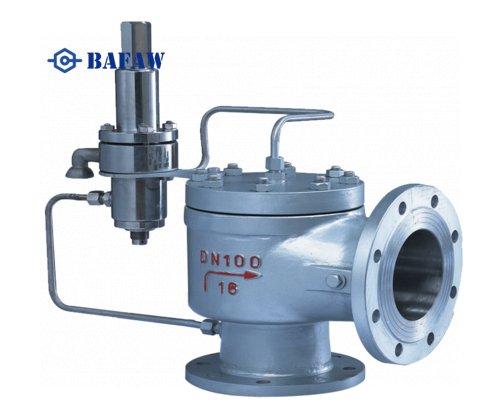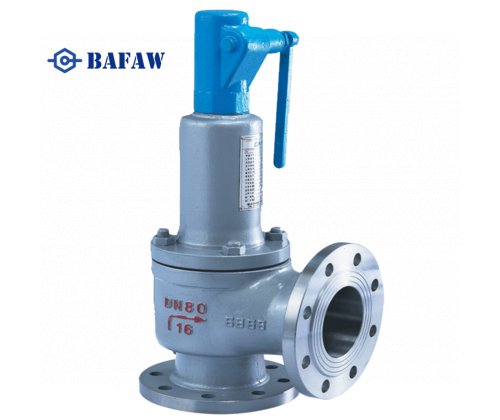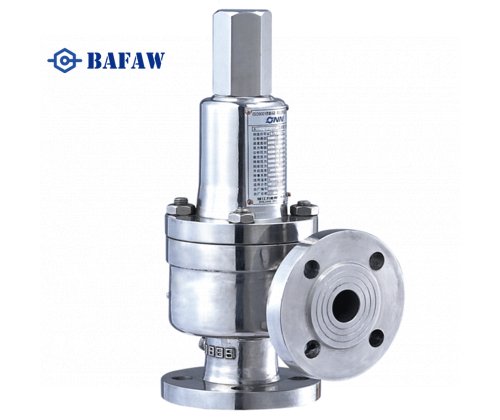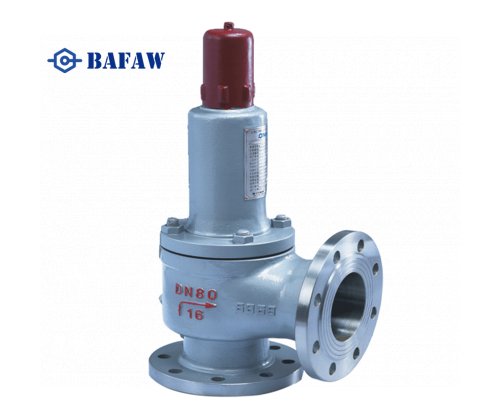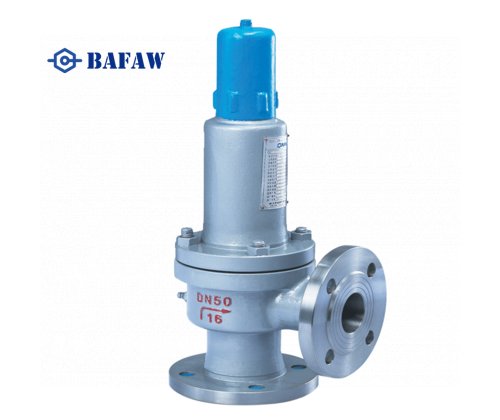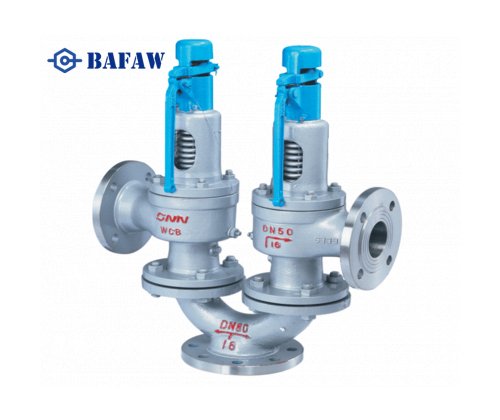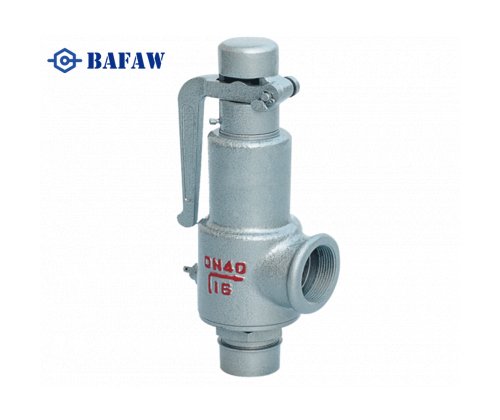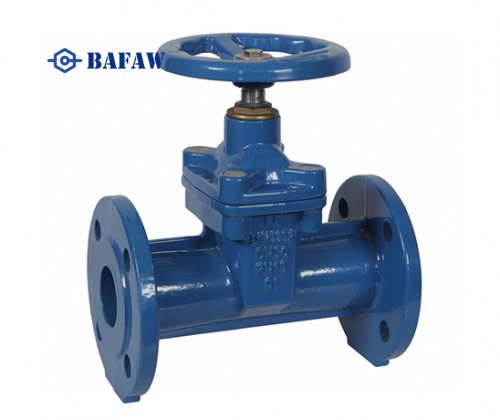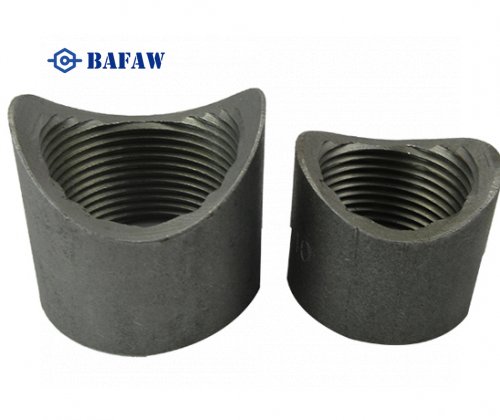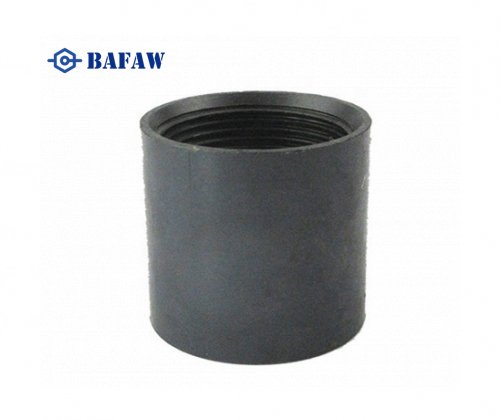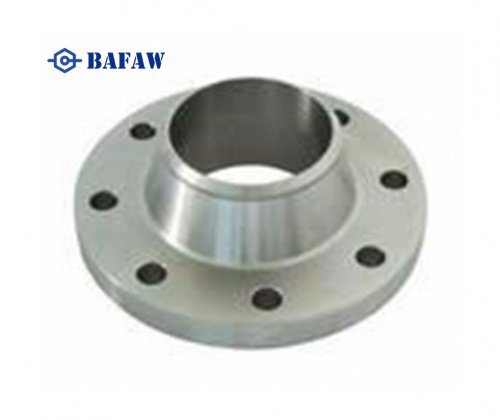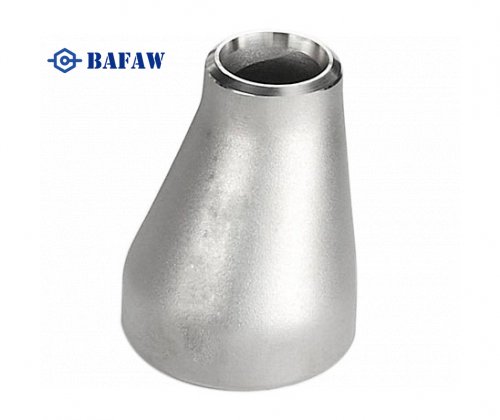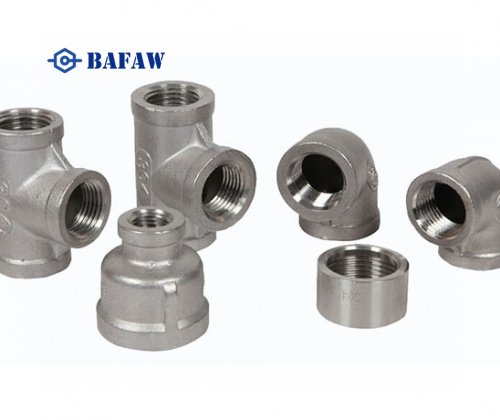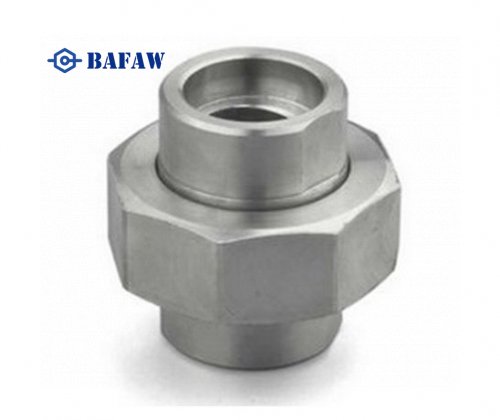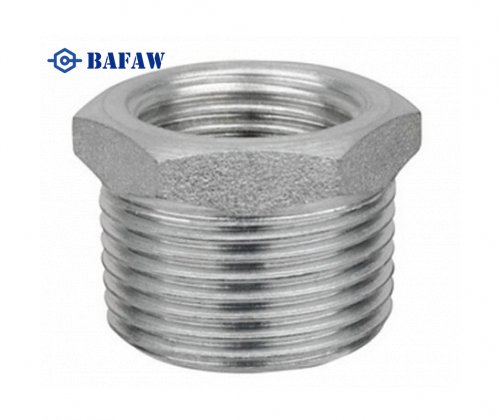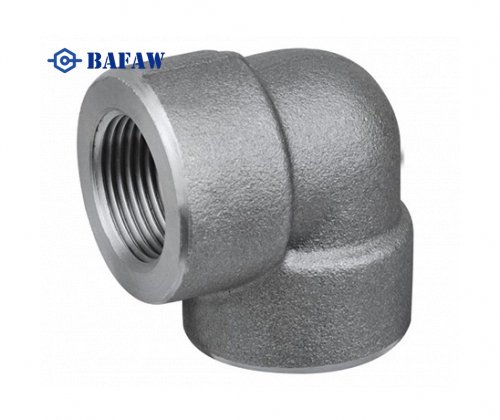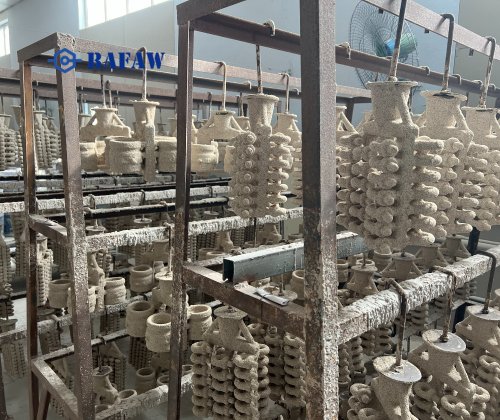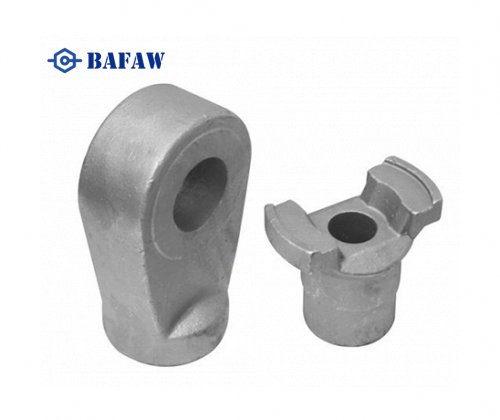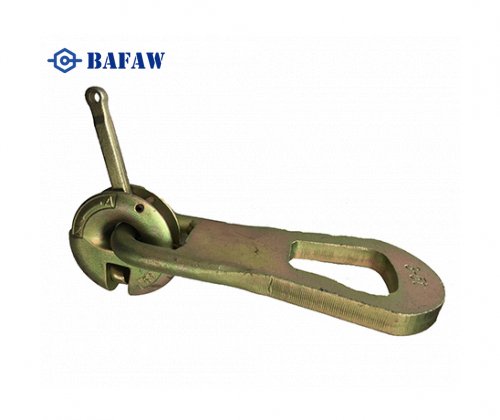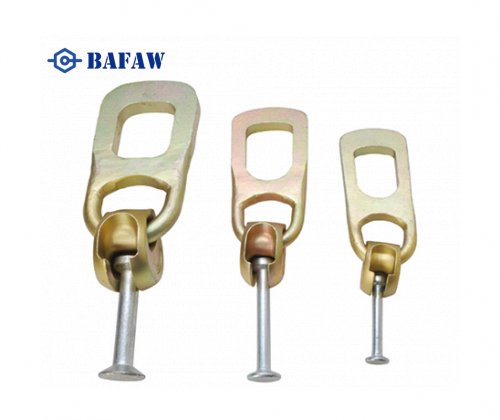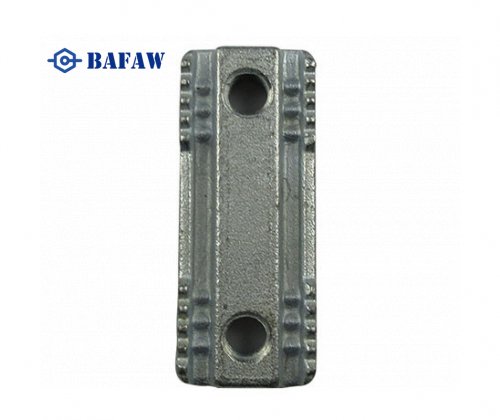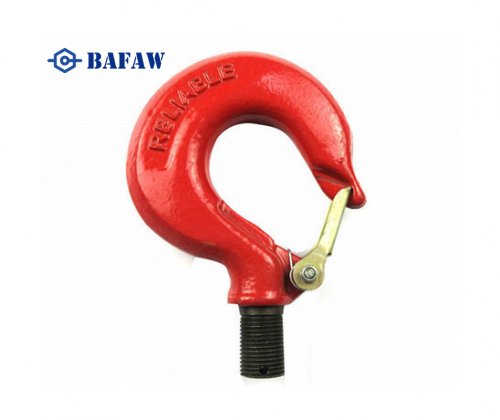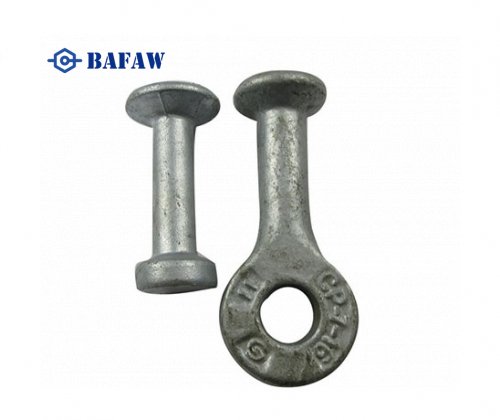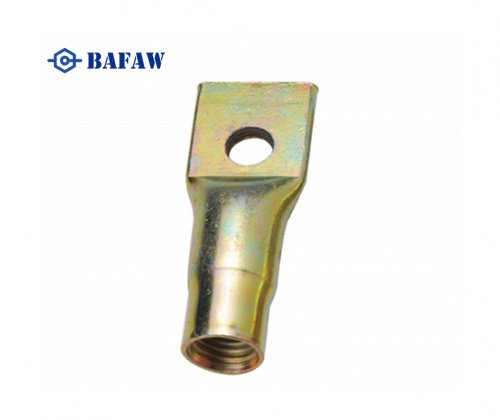Since the valve body is a critical component that is constantly exposed to high flow pressures, regular inspections for potential problems are essential to ensure proper system operation and long service life.
Material Integrity and Pressure Boundaries
Checking the integrity of the valve body is a top priority. Although the valve body is made of high-pressure and corrosion-resistant materials, wear and tear will occur over time. Regular, detailed inspections can detect early signs of material fatigue, such as cracks and crevices that may not always be visible to the naked eye due to prolonged exposure to varying temperatures and pressures.
Surface condition and corrosion resistance
The chemical properties of the fluid passing through the valve are an important factor in causing corrosion. Inspectors should look for areas with obvious signs of corrosion and degradation of the protective coating. Utilize advanced inspection tools such as non-destructive testing techniques (NDT) for minor surface irregularities and deep corrosion that is not evident
Non-Destructive Testing (NDT)
Non-destructive testing (NDT) provides insight into the condition of the valve body without causing any damage to the body. Here are some of the key techniques:
Ultrasonic Inspection: Widely used for detecting cracks, internal defects and measuring wall thickness.
Radiographic Inspection: Utilizing X-rays or gamma rays to capture an image of the interior of the valve body, this method clearly reveals any hidden defects.
Eddy current testing: This method utilizes the principle of electromagnetic induction to help identify surface and near-surface defects that are difficult to distinguish with the naked eye.
Dye Inspection: This involves applying a visible fluorescent dye to the surface of the valve so that it penetrates any cracks. Once the developer is applied, these cracks become visible under ultraviolet light or naked eye observation, thus identifying defects that may have gone unnoticed.
Pressure and temperature fluctuations
Valves experience continuous pressure and temperature changes during operation. The longer they are experienced, the greater the probability of structural fatigue due to repeated expansion and contraction. Inspectors should be aware of the occurrence of signs of wear due to these cyclic stresses, thus ensuring that the valve body remains resilient for longer periods under varying operating conditions.
These techniques ensure that the valve body remains strong, and safe and increases durability, thus preventing failures and maintaining system integrity.

















